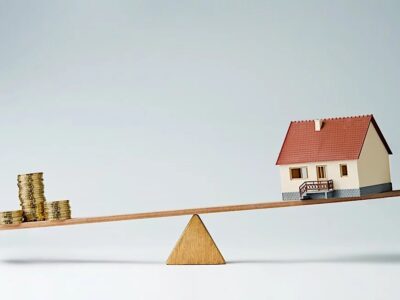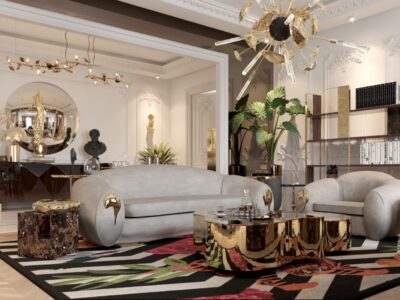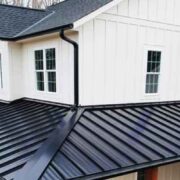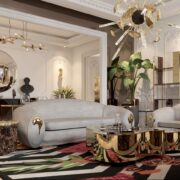
You understand how much charm a wooden floor gives to a room if you’ve ever stepped on one in an old house. There is something about wood that gives your house character and makes it feel cosy, natural, and warm.
Thin pieces of solid hardwood are bonded and pressed together in layers to form engineered timber flooring Melbourne. It has the same appearance and texture as genuine wood but is far more moisture- and insect-resistant, making it a better option for most homes.
Let’s examine engineered timber flooring Melbourne in more detail, along with its benefits, usage advice, and maintenance suggestions.
What Is Engineered Timber Flooring?
A type of wood flooring composed of several layers of wood is known as engineered wood flooring. The lower layers are constructed of softer woods like pine, while the upper layer consists of hardwoods, including oak or maple.
Engineered timber flooring can be employed in locations with high humidity or rapid temperature changes since it is more stable than solid wood flooring. It can be put over pre-existing floors and is offered in a variety of hues and finishes.
The majority of engineered timber flooring items are prefinished, which means they have a factory-applied finish already applied and don’t need any more work after being installed. As a result, busy households may consider engineered timber flooring because there is no need to polish or seal the floors following timber flooring installation.
Given that it provides the appearance and feel of hardwood floors with the extra durability and stability of engineered wood, it is a popular option for homes and businesses. Be careful to consult a trained flooring specialist if you’re thinking of installing engineered timber flooring Melbourne in your house or place of business to be sure it’s the best option for the area.
Benefits of Engineered Timber Flooring
The benefits of engineered timber flooring over other forms of flooring are numerous, including:
Quick and Simple Installation
Although you can install engineered wood floors yourself, it’s best to employ an expert if you have no prior experience with this kind of flooring. You should be informed that the floor comes in pieces that are 12 to 60 inches wide if you opt to undertake the installation yourself. As a result, you will need to install it in two-panel pieces, leaving a space between them or cutting off the panels where they meet the walls.
Because engineered wood floors are lighter and feature pre-grooved panels that slot together using a tongue and groove method, they are simpler to install than solid wood floors. Many manufacturers of engineered timber floors also provide a click-together construction method to assist you further.
Cost-Effective
A cheaper alternative to a solid wood floor is an engineered wood floor. This is due to the fact that it is constructed from a variety of wood types, many of which are available in salvaged wood, which is far less expensive than new wood. This also implies that engineered timber flooring Melbourne is more environmentally friendly because it prevents waste wood from going to the trash and uses it as flooring instead.
Instead of using a single board, engineered timber flooring allows you to build a wider floor than solid timber. Long-term savings will result from this because you won’t need to repair the floor as frequently.
Flexible
Engineered timber flooring Melbourne is a very flexible option for flooring because it is made from a variety of different woods. Whether you want to design a minimalist, contemporary space or a rustic, country-style home, you can pair wood tones and colour combos with practically any interior design. Additionally, a variety of various timber species are available for you to select from, giving your house even more charm.
Using an engineered timber floor to connect several areas in your home is another wonderful use for it. For instance, an engineered timber floor will connect all the rooms in a large open-concept home where the living room, kitchen, and dining room are all located.
Long-Lasting
Engineered timber floors have the potential to be more resilient than solid timber flooring, which is naturally resilient. This is because producers use many kinds of wood, including ash, oak, maple, and beech, which are renowned for their strength and longevity. Low-stain woods, like maple, hickory, and oak, are another option that will reduce the amount of upkeep needed for your flooring.
Aesthetic
Engineered wood floors mimic real wood in appearance and texture. The hue of the flooring depends on the species you choose from the large range available. Additionally, a variety of finishes are available, allowing you to choose between light or dark, knotted or unknotted flooring. Engineered timber flooring can also be constructed with a raised pattern to add texture or cover up board flaws.
How to Maintain Engineered Timber Flooring
Although engineered timber flooring requires little maintenance, there are a few things you should do to keep it looking its best. To start, frequently clean or vacuum your floor to get rid of any dust or grime. To get rid of any spills or stains, you must also mop your floor with a moist cloth or mop.
When installing engineered wood flooring Melbourne for the first time, you must also cover the surface with wax or sealer to protect it. This should be updated as needed or every few years. If water no longer forms in the area or the colour of the timber begins to fade, your floor likely needs to be resealed.
Adding a sealer will not only make the wood more durable but also give the finish more depth, making it stand out in your house. Additionally, you should put felt pads on all of the furniture’s legs to prevent them from damaging the floor.
Anyone looking for the appearance of real wood without the costly expense or maintenance should consider engineered wood flooring.











